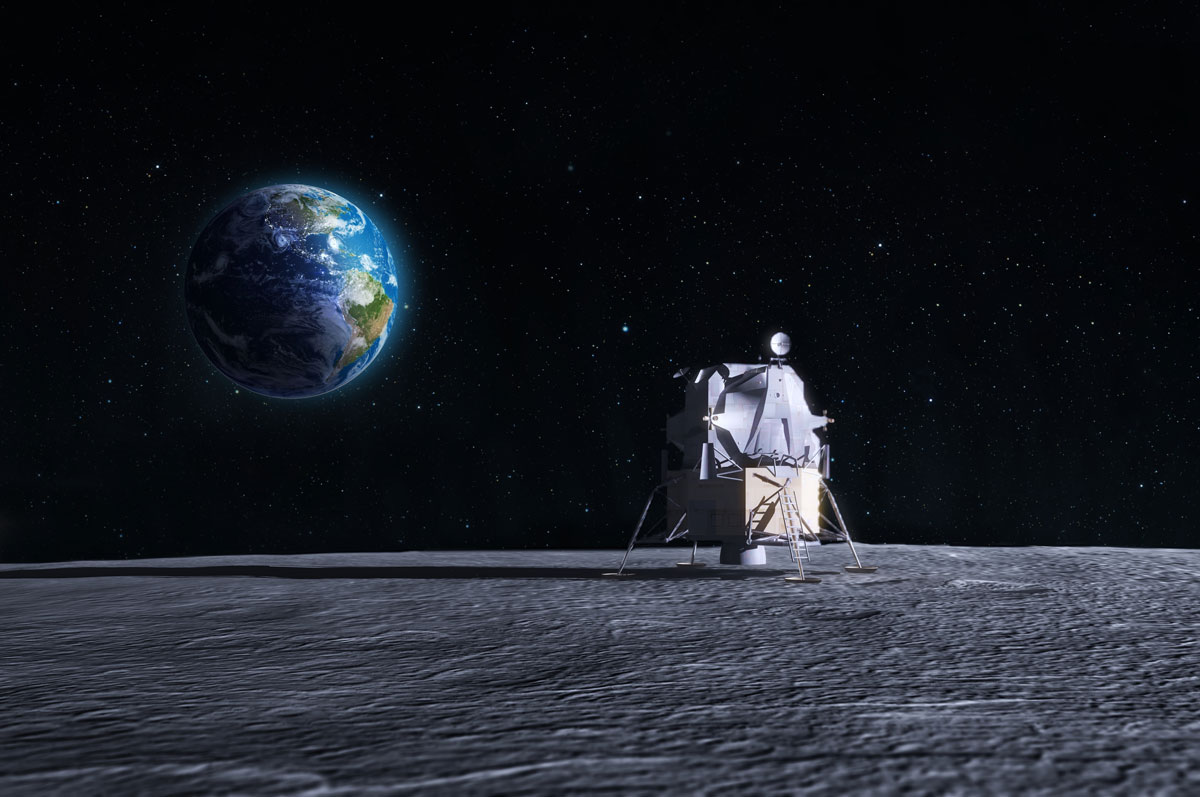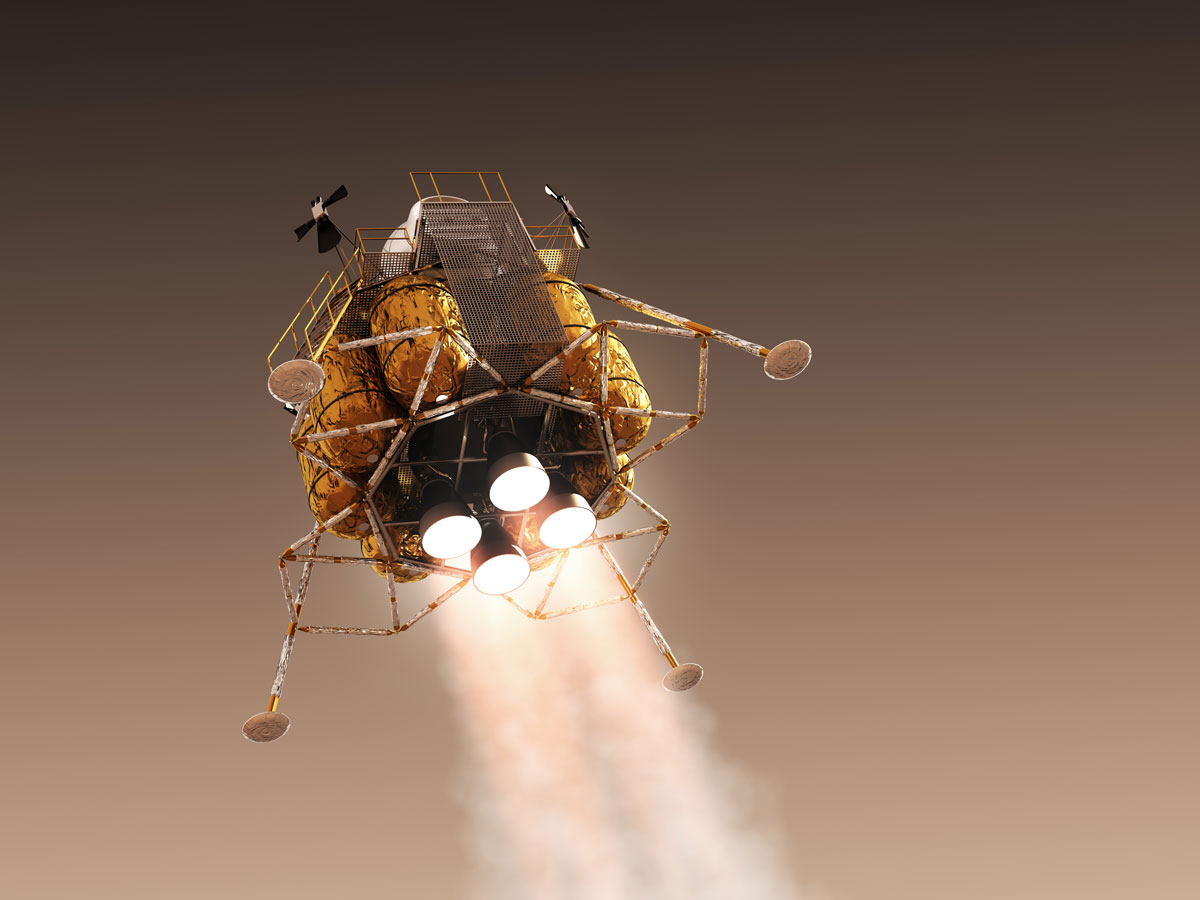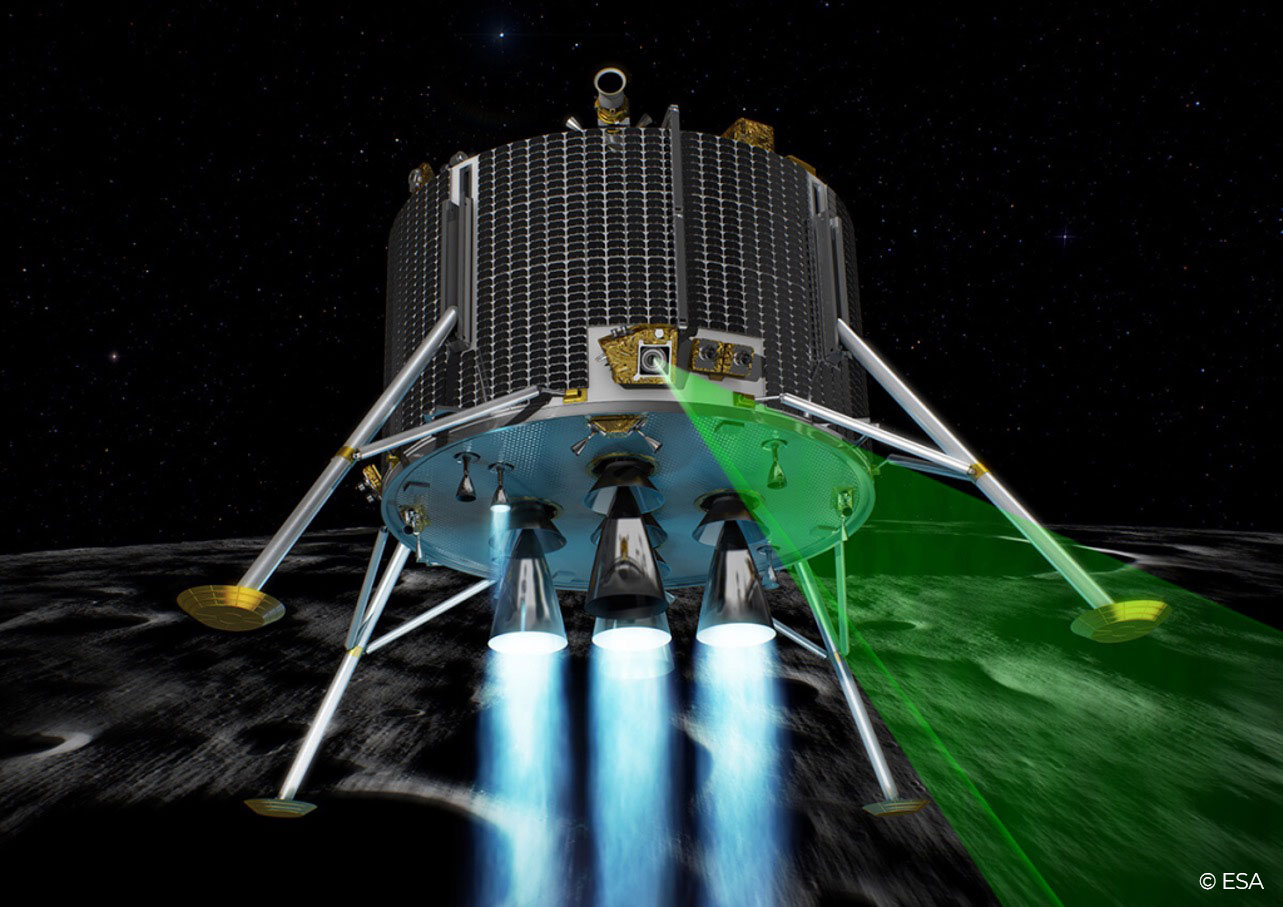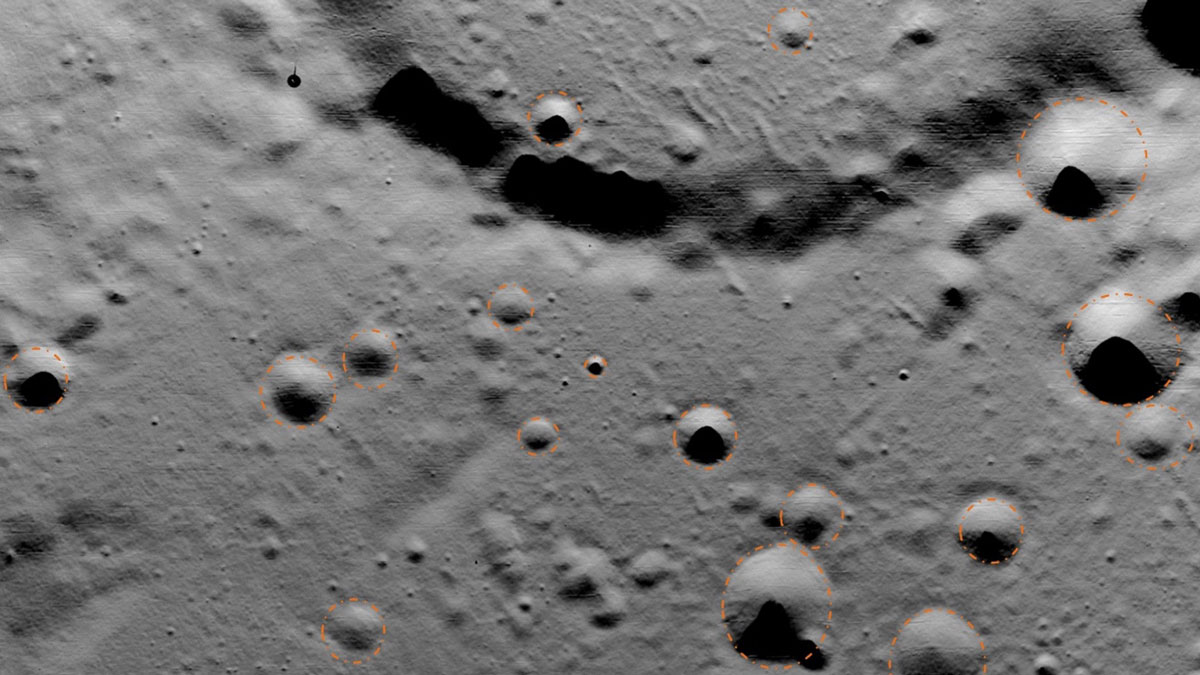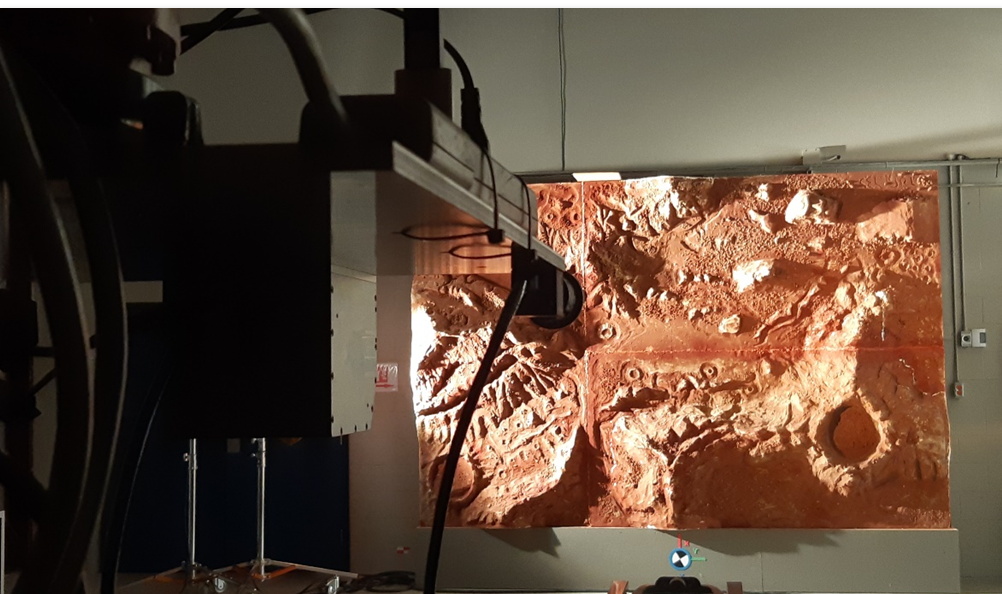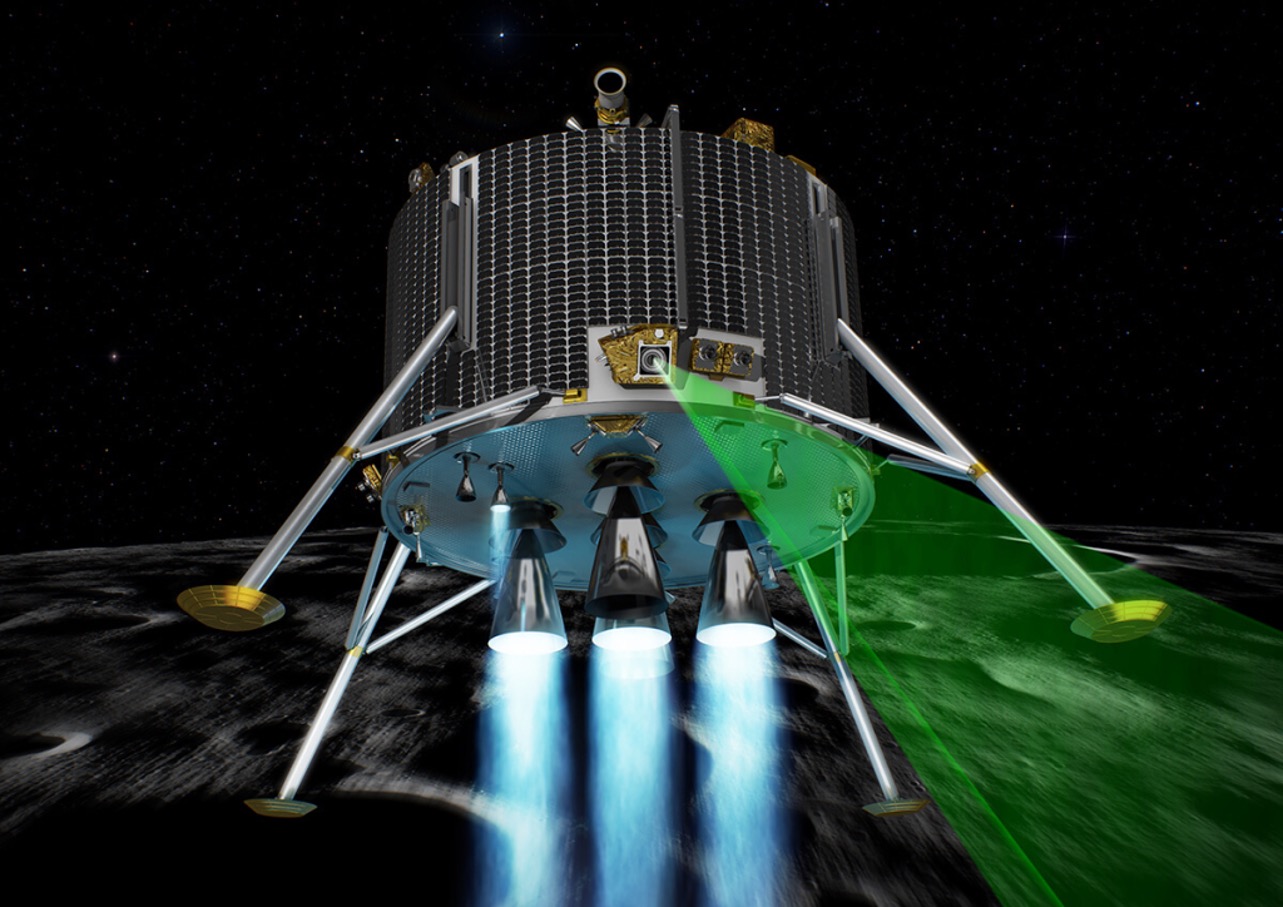Space exploration is fraught with challenges that must be met and overcome. Autonomous navigation is a particular consideration given the lack of navigation infrastructure such as the GPS constellation that we use on Earth.
Descent and touchdown are perhaps the most dangerous phases for any planetary mission because the presence of hazards at the desired landing location pose major risks.
NGC provides Guidance, Navigation and Control (GNC) software that ensures the safe descent and touchdown for planetary exploration vehicles. Our expertise includes algorithm development, flight software development, validation services, and high-fidelity simulator development.
Mission: Moon
NGC’s experience with planetary landing systems dates back to the early 2000s. Since then, through projects supported by both the European Space Agency (ESA) and the Canadian Space Agency (CSA), NGC has refined its algorithms, software and skills, and is now playing a critical role in several mission programs aiming at reaching the Moon as soon as in 2024.
